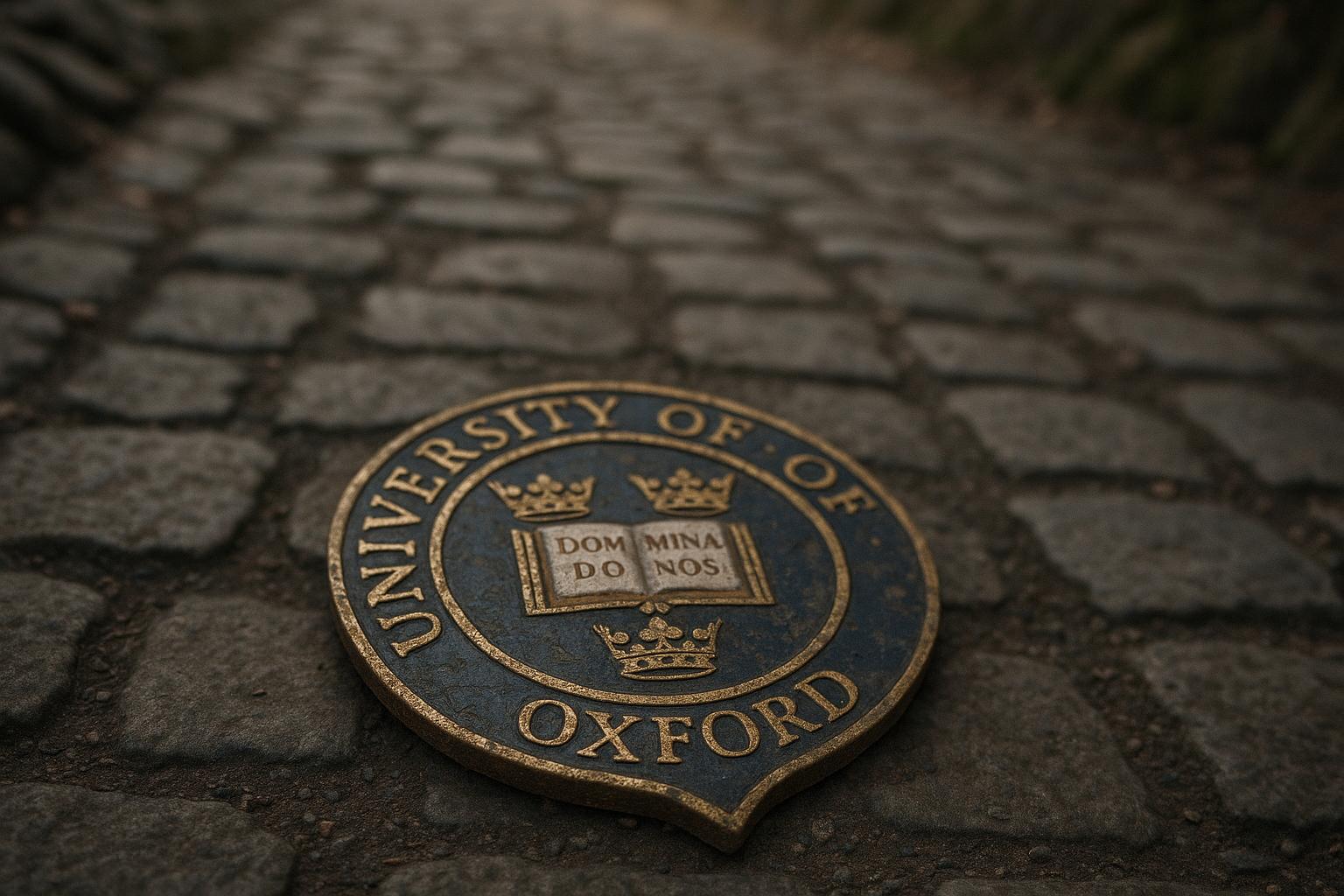The latest edition of The Times and The Sunday Times’ Good University Guide for 2026 has brought surprising changes to the UK's academic hierarchy, marking a significant moment in the 32-year history of this influential ranking. For the first time, both Oxford and Cambridge universities have fallen out of the top three, a position they have traditionally dominated. This shift underscores evolving perceptions of university performance based on an expanded set of criteria, reflecting changing priorities in higher education.
Leading the rankings once again is the London School of Economics and Political Science (LSE), securing its second consecutive year at the summit. A specialist institution focused on social sciences, LSE achieved impressive results, with over 90% of its students earning ‘good honours’ (firsts and 2:1 degrees) and 92.5% of its recent graduates engaged in high-level employment or further postgraduate study. This consistency underscores LSE’s enduring reputation for academic excellence and graduate success.
A notable climber in this edition is Durham University, which has ascended to third place from fifth last year. Durham’s rise is particularly remarkable for pushing both Oxford and Cambridge out of the top three for the first time in the guide’s history. The university’s success is attributed to enhancements in teaching quality and student experience, factors that contributed to Durham being named the UK’s ‘University of the Year’ for 2026, as well as the regional award for the North and Northeast. Approximately 90.5% of Durham’s students achieved ‘good honours,’ complemented by an 88.8% rate of graduates in desirable employment or further study. This achievement aligns with Durham’s consistent presence in the global top 100 according to the QS World University Rankings 2026, which notes improvements in academic reputation, employability, and sustainability.
The methodology behind these rankings is comprehensive, assessing over a hundred UK universities using multiple metrics. These include the average UCAS tariff points of incoming students, the proportion of ‘good honours’ awarded, graduate employment or study rates, and student retention from first to second year, among others. This multifaceted approach reflects a growing trend in university evaluations that goes beyond traditional academic prestige to encompass the overall student experience and graduate outcomes.
Other universities also made notable progress in the 2026 guide. The University of Birmingham rose six places to 16th, bolstered by stronger student satisfaction scores as reported in the National Student Survey 2025. This improvement highlights Birmingham’s commitment to enhancing the academic environment and preparing students for global career success.
It is, however, important to contextualise these rankings alongside others. For instance, The Complete University Guide 2026 places Cambridge and Oxford at the top, with London-based institutions like LSE and Imperial College London also featuring prominently but with slightly different positioning. Such discrepancies between rankings underline the varied criteria and weightings each guide employs, signalling that prospective students should consider multiple sources when evaluating institutions.
An international perspective further broadens the context of UK universities’ standing. The Times Higher Education World University Rankings 2026, which includes a record 2,191 institutions globally, illustrates the competitive landscape in which UK universities operate. While the UK continues to host many prestigious institutions, the global rise of universities from countries like India reflects shifting dynamics in higher education worldwide.
Overall, this year’s Good University Guide reflects changing tides in UK higher education, where tradition intersects with innovation and evolving student priorities. Durham’s ascent and the displacement of Oxford and Cambridge from the top three challenge longstanding hierarchies, while LSE’s continued dominance reaffirms its specialist excellence. For students and stakeholders, these developments offer a nuanced understanding of quality and success in contemporary UK universities.
📌 Reference Map:
- Paragraph 1 – [1], [2], [3]
- Paragraph 2 – [1], [2], [3]
- Paragraph 3 – [1], [2], [3], [6]
- Paragraph 4 – [1], [2], [3]
- Paragraph 5 – [4]
- Paragraph 6 – [5]
- Paragraph 7 – [7]
- Paragraph 8 – [1], [2], [3]
Source: Noah Wire Services
